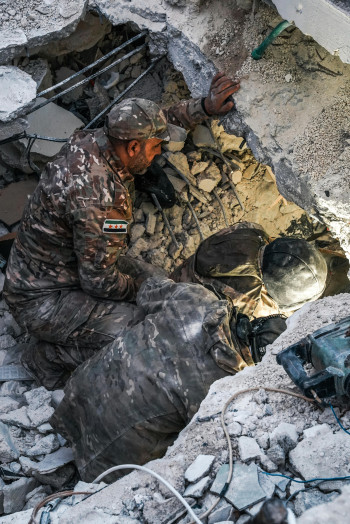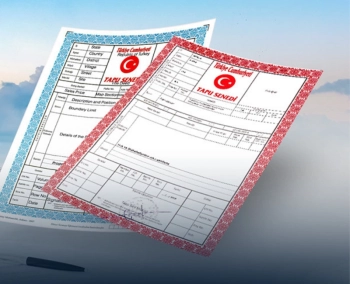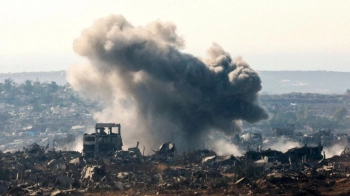How Istanbul Plans to Overcome the Earthquake Threat: A Comprehensive Strategy
What if a major earthquake strikes Istanbul? Why is the city at such high risk, and how are authorities preparing to mitigate this looming disaster? These questions weigh heavily on the minds of millions living in Turkey's largest metropolis. With seismic experts warning of an impending high-magnitude earthquake, Istanbul's urban resilience has become a critical topic. This article explores the city's multi-faceted strategy to reduce vulnerabilities and protect its citizens.
The Impending Seismic Threat to Istanbul
Istanbul sits atop the North Anatolian Fault, one of the world's most dangerous seismic zones. Historical records show devastating earthquakes have struck the region every 250-300 years, with the last major one occurring in 1766. Scientists predict a 62% probability of a magnitude 7.0+ earthquake hitting Istanbul within the next 30 years. The potential human and economic toll is staggering—estimates suggest up to 30,000 buildings could collapse, with catastrophic loss of life.
The 1999 İzmit earthquake (magnitude 7.6) that killed over 17,000 people served as a wake-up call. It revealed critical weaknesses in Turkey's building standards and urban planning. Since then, Istanbul has become a case study in seismic risk management. 
Urban Transformation: The Core Strategy
At the heart of Istanbul's earthquake preparedness lies an ambitious urban transformation program. Environment and Urbanization Minister Murat Kurum has declared this the government's top priority. The plan focuses on identifying and replacing high-risk buildings with earthquake-resistant structures. Over 1.5 million buildings across Istanbul have been assessed, with 300,000 identified for urgent renovation or demolition.
A real-world example is the ongoing transformation of Zeytinburnu district, where 600 at-risk buildings are being replaced. Residents are temporarily relocated while contractors construct new apartments meeting strict seismic codes. The government provides financial support through low-interest loans and housing certificates. This model is being replicated across Istanbul's most vulnerable neighborhoods.
Engineering Solutions and Infrastructure Upgrades
Beyond building replacements, Istanbul is implementing cutting-edge engineering solutions. Critical infrastructure—hospitals, schools, bridges, and transportation networks—are being retrofitted or rebuilt. The city has introduced mandatory seismic isolation systems for new public buildings. These advanced technologies allow structures to move with earthquake waves rather than resisting them.
The Marmaray railway tunnel beneath the Bosphorus exemplifies this approach. Designed to withstand a magnitude 7.5 earthquake, it features flexible joints and continuous monitoring systems. Similarly, Istanbul Airport was constructed with base isolation technology, making it one of the world's most earthquake-resistant airports.
Community Preparedness and Public Education
Technical solutions alone cannot guarantee safety—public awareness is equally crucial. Istanbul has launched extensive earthquake education programs in schools and communities. Regular drills teach residents how to Drop, Cover, and Hold On during tremors. Neighborhood response teams receive training in first aid and light search-and-rescue operations.
The AKUT voluntary search-and-rescue association demonstrates the power of community engagement. With over 2,000 trained volunteers across Turkey, AKUT plays a vital role in disaster response preparedness. Their public workshops have educated millions on earthquake safety measures.
Challenges and Controversies
Despite progress, significant challenges remain. The urban transformation program faces resistance from residents reluctant to leave their homes. Some criticize the pace of implementation, arguing it's too slow given the imminent risk. Financial constraints also pose hurdles—the estimated cost exceeds $50 billion.
Controversially, some developers have allegedly cut corners on seismic safety to reduce costs. The 2019 collapse of a newly constructed apartment in Kartal (before occupation) raised questions about enforcement of building codes. Authorities insist such incidents are rare and have strengthened inspection regimes.
The Road Ahead: Istanbul's Resilience Vision
Looking forward, Istanbul aims to complete its urban transformation by 2030—an ambitious timeline. The city is also investing in early warning systems that could provide up to 15 seconds notice before quakes hit. This precious time could allow automatic shutdown of gas lines and alert residents.
International collaborations bring global expertise. Japanese engineers, drawing from Tokyo's earthquake preparedness, are advising on high-rise safety. Italian seismologists are helping map micro-zones of highest risk. These partnerships position Istanbul as a global leader in urban seismic resilience.






